I Just Want to Eat You Up! The Science of Cute! What Makes This Puppy So Adorable and Why Do We Consider It Cute?
Yes, this cute puppy will most likely get me a few extra views and up votes but there is a reason behind that!

I am sure I could have used a variety of click bait images to draw you in but this one is special. It is cute!
Let me prove my point.
Take this German Shepard for example:
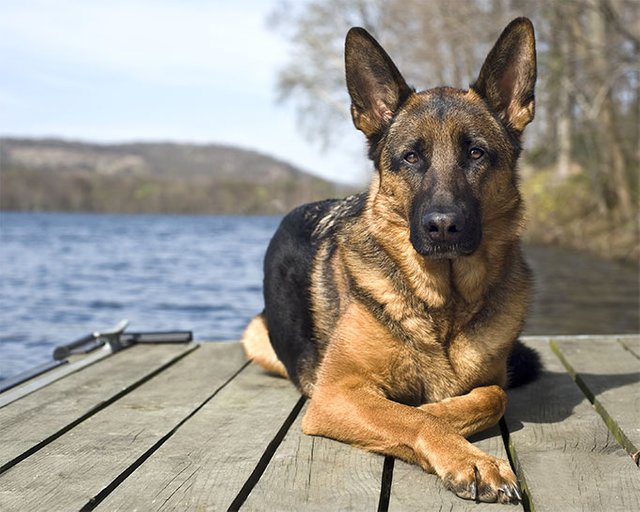
A fine specimen no doubt, but there is something particularly different about it from it's younger counterpart...
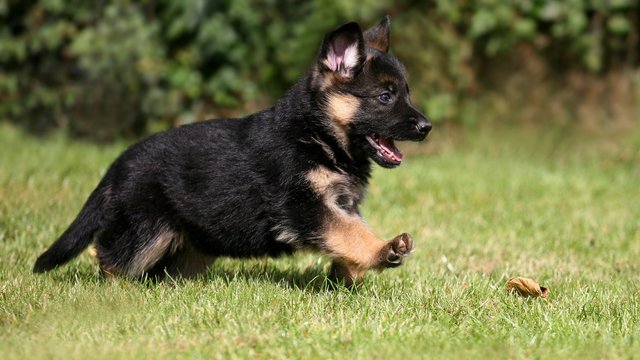
Personally, and I think in this case I speak for the vast majority of people, I prefer the puppy over the full grown dog. This is not restricted to canines however. You most likely noticed that baby versions of your favorite animal are probably the one you prefer the most. I set out to find possible reasons for our obsession with cuteness.
Cute things instill a protective, loving, compassionate feeling in our hearts. I know this first hand and honestly it makes sense if you think about it. It is a response that we would desire a predatory animal or stranger to have when coming upon our offspring. If for some reason our babies looked delicious, you could see how natural selection would NOT select for that trait. Then again, some people literally say "I just want to eat you up" when encountering cute relatives or animals but we will get to that later on.
First things first, lets define "cuteness".
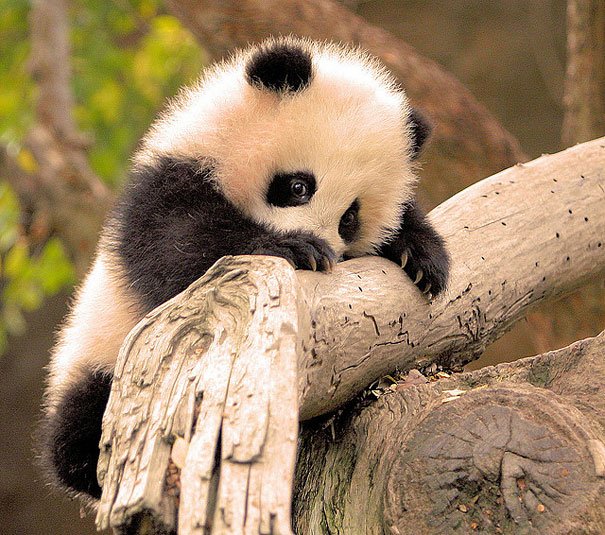
Lets use the Webster dictionary definition to start. Because no one likes a sassy puppy, we can skip over the "don't get cute with me" type of cute. This leaves us with cute in the context of this baby panda meaning "attractive or pretty especially in a childish, youthful, or delicate way". For the qualities of cuteness we have to look no further than a juvenile of our own species (hence childish, youthful, or delicate).
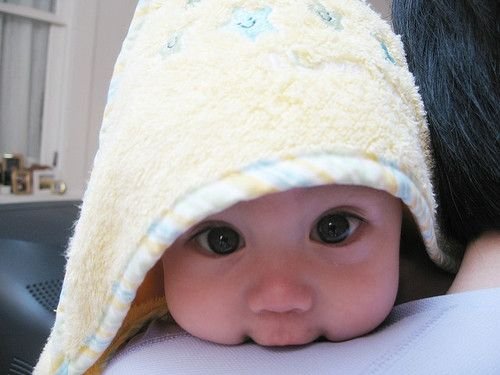
The work of Konrad Lorenz PhD is widely considered the father of modern ethology, which is the study of animal behavior in its natural habitat. He conducted considerable work on the effects of cuteness on human behavior. Lorenz suggests that characteristics of infants and children such as the presence of large disproportional eyes, small nose and mouth, large plump bodies, thick and short extremities, as well as a large head with a protruding forehead region contribute to creating a caring response in humans (Lorenz 1943). The benefit for our species to have an immediate care giving reaction to common features of our offspring is immediately apparent. If merely looking at a juvenile member of our species incites a response that inclines us to help it to survive, we are unconsciously helping to insure the survival of our species. However, it seems that this feature is not isolated to humans.
As you have seen throughout this post, (and I am sure through your own research), almost all other animals have offspring that have the characteristics that Lorenz lays out. Need I provide more evidence.... Fine
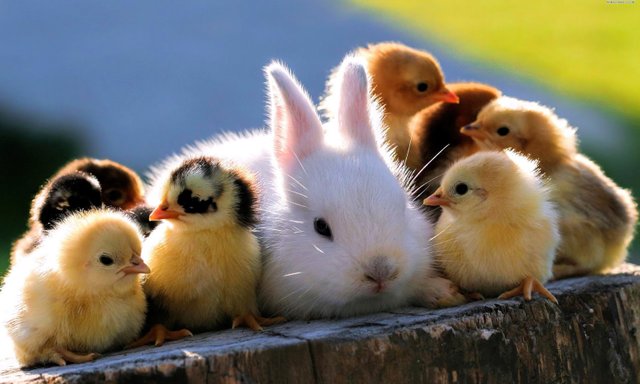
Does this mean that other animals react similarly to cute infants of separate species? Yes!
There are many examples of animals adopting the offspring of a separate species. This is where things become counter intuitive. It is most certainly a burden to take care of a infant animal in almost all cases, for this burden to be placed on a member of a different species it only amplifies the disadvantage for the caregiver. So why then do we see animals adopting infants from different species across the animal kingdom?
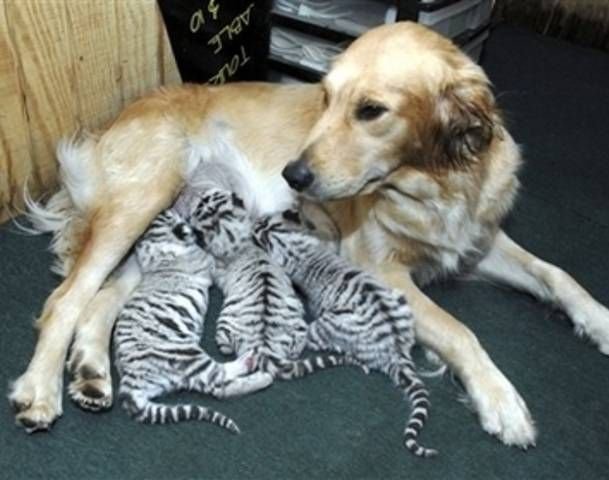
Here is a link to a variety of odd animal pairings: https://www.thedodo.com/inspiring-animal-families-958705512.html
Here a chicken raises a duckling, the mother hen even calls to it as she would a chick:
Chicken raises duckling
It seems as though our minds indiscriminately identify these traits and apply the caring, loving, and joyful reaction they incite to a variety of images.
I would venture to guess that you find this baby harp seal quite adorable!
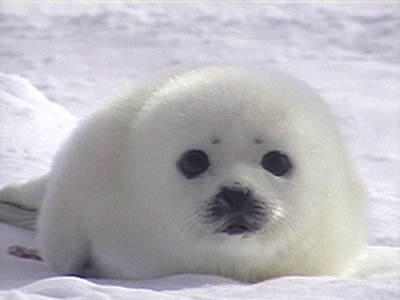
We physically cannot help ourselves from loving cute things. A study of the brain when exposed to unfamiliar infant faces showed a spike in the medial orbitofrontal cortex which deals with rewards (Kringelback et al., 2008). This increased activity incites joy and euphoria upon the sight of our own offspring and the cute offspring of other species. The chemical oxytocin is released in our brains when we touch, cuddle, and even look at cute beings. These contribute to our instinctual desire to love baby animals.
But some of you may find something so cute... that it incites thoughts of AGGRESSION.

The phenomenon of "cute overload" can cause negative feelings such as aggression. The sudden urge to destroy, squeeze firmly, or consume cute animals is actually quite common. This seems counter intuitive when reflecting on the effects of cuteness on humans stated in the above article. So why do we do it?
It seems that this aggression is linked to the reason we cry at weddings, graduations, and other happy events in our lives (Aragon et al., 2015). The overload of emotion felt from seeing something too cute presents itself in the form of a dimorphus expression. This is when both positive and negative emotion occur for an extremely emotional situation. Laughing at funerals, crying when seeing a pop icon, and desiring to eviscerate cute puppies are all forms of dimorphus expression. Before you jump to conclusions, no you are not a psychopath. A majority of humans express these emotions and it is in fact normal to do so. These feelings aren't malicious and should not be cause for alarm. It is suggested that these emotions help us to balance out extremes in our lives and keep us on track. When faced with tragedy, those who express dimorphus expressions have a quicker emotional recovery than those who do not. This may keep our emotions in check during tempestuous times in our lives.
Next time you see a puppy, kitten, or baby, just remember that it is subconsciously brainwashing you to take care and adopt it! (Little does it know that half of you literally want to squeeze it to death instead...)
I hope you found this both fascinating and enjoyable! (I stacked the deck in my favor) If you would like to see more content like this (possibly with less brainwashing) follow me @hutchordie! Dedicated to exploring the Science of Life!
Until next time!
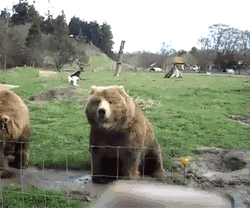
Citations:
Aragón, Oriana R., et al. "Dimorphous Expressions of Positive Emotion Displays of Both Care and Aggression in Response to Cute Stimuli." Psychological science (2015): 0956797614561044. http://scholar.google.com/scholar_url?url=http://www.academia.edu/download/38354018/1._Aragon_Dimorphous_w._Supp.pdf&hl=en&sa=X&scisig=AAGBfm3Z-4IRE3j4dSh7-tGwPrASaQ81ug&nossl=1&oi=scholarr
Glocker, Melanie L. et al. “Baby Schema in Infant Faces Induces Cuteness Perception and Motivation for Caretaking in Adults.” Ethology : formerly Zeitschrift fur Tierpsychologie 115.3 (2009): 257–263. PMC. Web. 25 May 2017.
Kringelbach ML, Lehtonen A, Squire S, Harvey AG, Craske MG, Holliday IE, et al. (2008) A Specific and Rapid Neural Signature for Parental Instinct. PLoS ONE 3(2): e1664. https://doi.org/10.1371/journal.pone.0001664
Lorenz K. Die angeborenen Formen moeglicher Erfahrung. Z Tierpsychol. 1943;5:235–409.
This article is so cute I just want to print it out and frame it .........and then stomp on it and crush it because I can't contain how cute it is